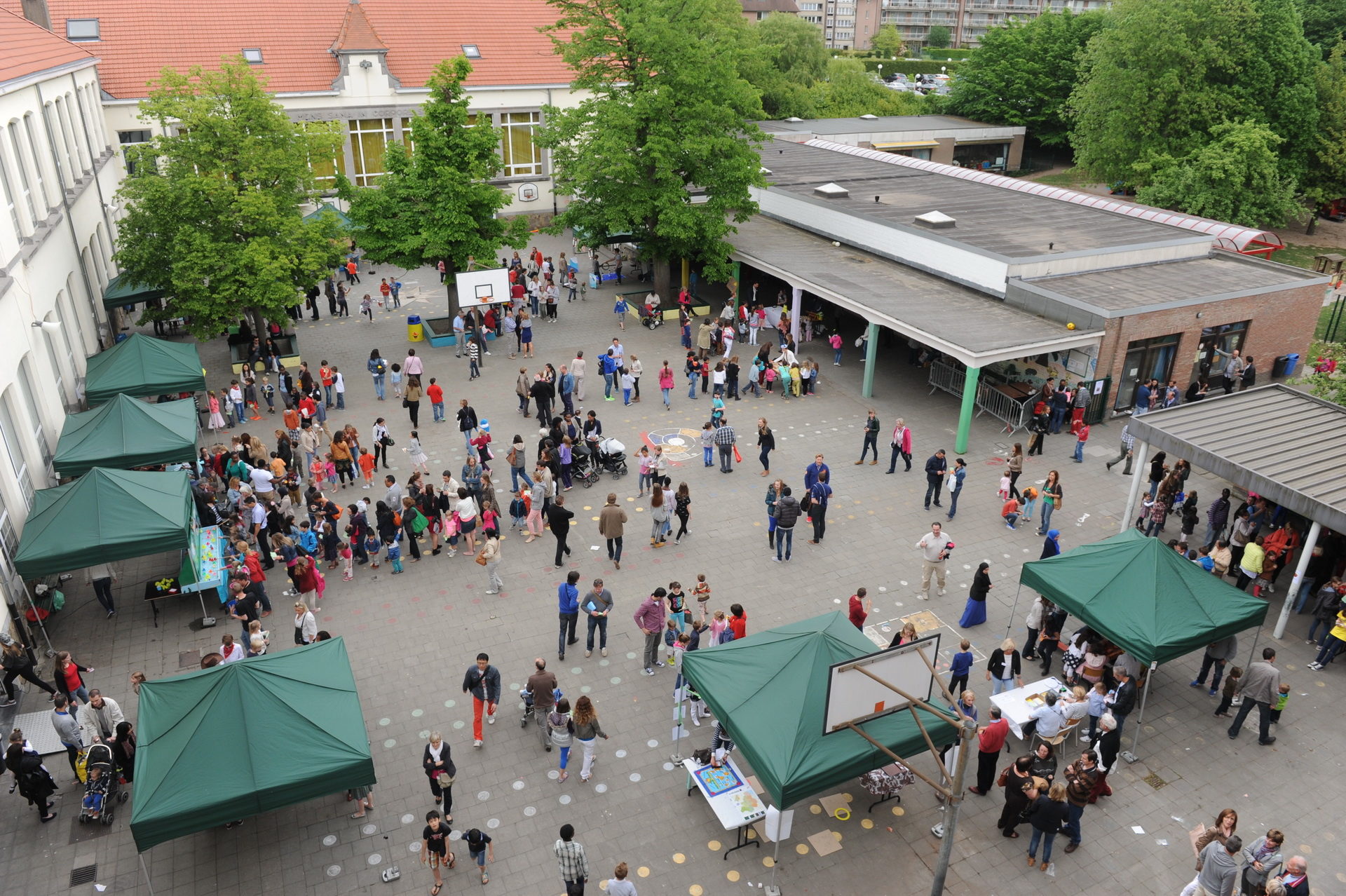Assert the identity of retail districts
To encourage the development of innovative and appropriate projects in retail districts that have a defining effect on the region, it is essential to reveal their core identity and to position them strategically with regard to their users: consumers, local actors, investors, etc. In other words, the notion of regional marketing starts to make sense, allowing the development of an intelligent retail development strategy. Let's assert the identity of retail districts together!

The weak and strong signs of identity of a region
The district's identity is the set of characteristics that symbolise the district at a given point in time. 'To sum up, it is the region's DNA and, as with a person, a combination of features shared with other regions and specific features that make it stand out more visibly.' (Co-managing, comanaging.net) A study of a district's identity involves consideration of two facets: the district's visible aspect, its physicality, with its objective and physical data, and the district's personality, with its projective, sensitive data.
Corporate identity of a district
The notion of regional marketing tends to replace brand concept with place concept. For this reason, its vocabulary is primarily the language of marketing. Theoretically, a brand is 'any sign or symbol or external mark that allows a product or a service to be distinguished from those belonging to the competition'. To develop strong brands, it is crucial to put in place strategic management that ensures the consistency of various actions performed over time.
A region's marketing study thus borrows two active components from brand strategy: perception, which leads to the sensitive relationship between the customer (user) and the brand (the district), and positioning which acts more visibly, from the brand (the district) to the customer (user).
Developing innovative local projects
In order to develop local retail trade it seems essential to put in place an intelligent system to distribute roles, skills, actions and decisions. With a sensitive and participative approach in place, attempts to position a retail district involve all actors concerned, from early ideas to the final success of innovative projects.
How, then, do you assert the identity of retail districts?
By offering a participative and sensitive marketing approach that includes all actors in the retail area.
Public authorities, creators, retailers and customers... Take a stand and adopt the TID (Think, Innovate, Develop) strategy:
- We listen to every aspect of the retail region
- We involve all players in the retail district
- We understand the varied usage of the region
- We organise ourselves according to our skills and responsibilities
- We work together to build the region
To achieve this commitment, we have set up an innovation cycle in four phases
Research
Select a research group
Collect ‘business owner’ data
Collecting ‘customer’ data
Collect ‘Traders Association’ Data
Collect "district experts" data
Collect "Area" data
Compile data
Positioning
Analyse the district’s identity
Define the positioning strategy for the district
Produce a positioning plan
Co-creation
Generate
Ideate
Benchmark
Prototype
Writing of the idea book
Development
Initiate
FOLLOW
Evaluate the programme
They assert the identity of their retail district



